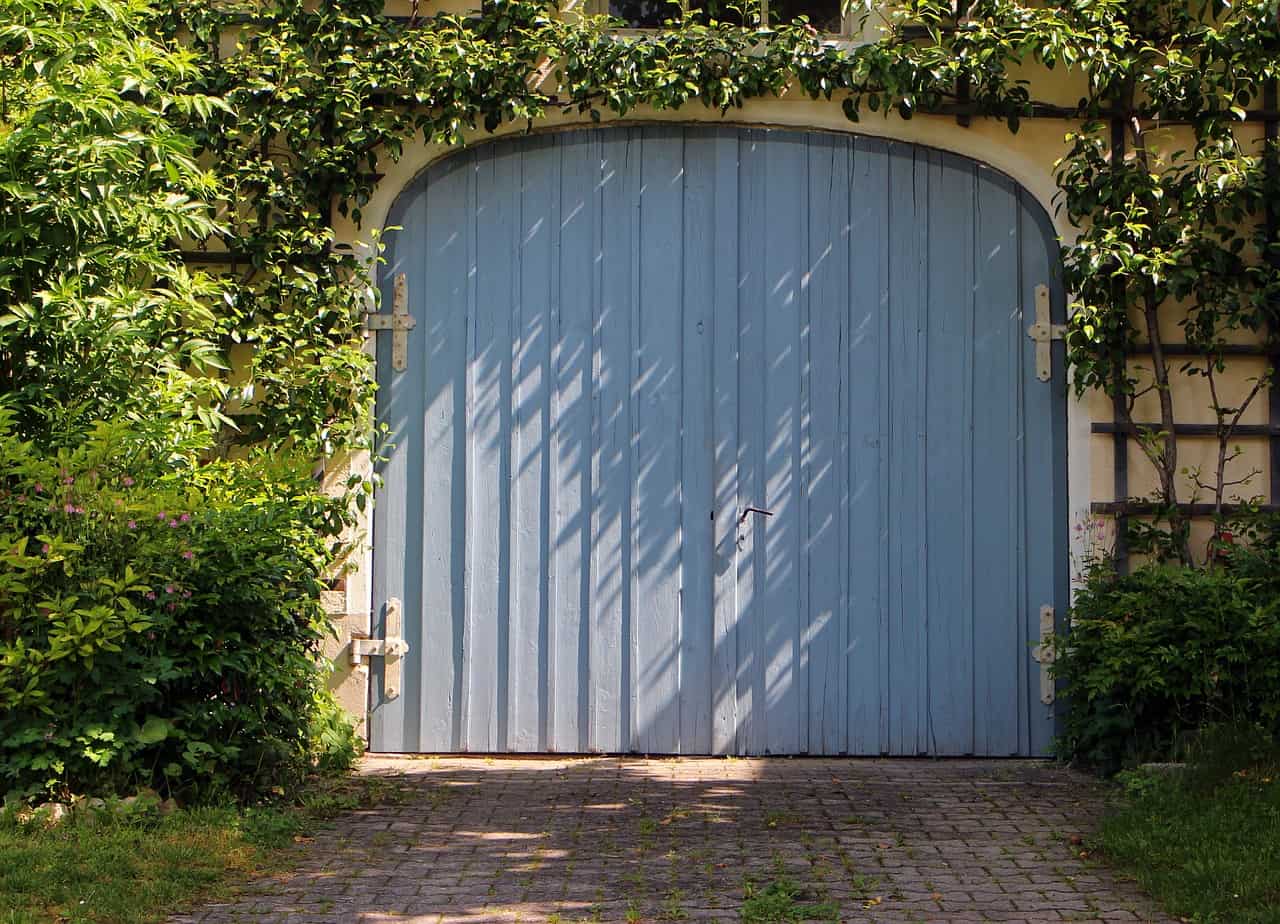Unlocking the Secrets of Garage Door Repair: A DIY Guide
In many homes, the garage door serves as a crucial entry point, providing convenience and security. However, like any mechanical system, garage doors are subject to wear and tear over time. When issues arise, understanding how to tackle garage door repair can save time and money. Whether it's a noisy opener, faulty sensors, or a door that won't close properly, knowing the basics of garage door repair can empower homeowners to take matters into their own hands.
With the right tools, a bit of know-how, and a willingness to get your hands dirty, many common garage door problems can be resolved without the need to call in a professional. This do-it-yourself guide aims to demystify the process of repairing garage doors, empowering readers to troubleshoot and fix issues that may arise. By familiarizing yourself with the inner workings of your garage door system, you can gain confidence in addressing minor repairs and keeping your garage door functioning smoothly.
Common Garage Door Problems
Garage doors often face issues that require repair, affecting their smooth operation and security. One common problem is a misaligned track, which can cause the door to become jammed or operate unevenly. Another frequent issue is broken springs, which are essential for counterbalancing the weight of the door. Additionally, worn-out rollers can lead to noisy operation and difficulty in opening and closing the door.
An unresponsive opener is another prevalent problem that homeowners encounter with their garage doors. This issue can stem from various factors, such as a dead battery in the remote, malfunctioning sensors, or a problem with the opener unit itself. Addressing this problem promptly is crucial to ensure the convenience and security of using the garage door.
Weather-related issues can also impact the performance of garage doors. Extreme temperatures, moisture, and debris buildup can all contribute to problems such as rusting components, warped panels, or damaged weatherstripping. Proper maintenance and timely repairs can help mitigate these issues and prolong the lifespan of your garage door.
Essential Tools for DIY Repair
Firstly, ensure you have a sturdy stepladder that can safely support your weight as you work on your garage door repair project. A good quality set of wrenches and screwdrivers are essential for loosening and tightening various components. Additionally, having a rubber mallet can be handy for gently tapping parts back into place without causing damage.

Next, invest in a pair of safety goggles to protect your eyes from any debris that may come loose during the repair process. A level tool will help you ensure everything is properly aligned. Lastly, a cordless drill with various drill bits can make installation tasks easier and quicker, saving you time and effort in the long run.
Don't forget to have a supply of lubricant on hand for keeping moving parts of the garage door well-oiled. And finally, a roll of sturdy duct tape can come in handy for temporary fixes or securing loose components while you work on more permanent solutions.
Step-by-Step Repair Guide
Firstly, examine the garage door tracks for any debris or obstacles that may be causing the door to malfunction. Clean the tracks thoroughly using a damp cloth and remove any obstructions that could be hindering the door's movement.
Next, inspect the garage door springs for any signs of wear or damage. If you notice any issues with the springs, it's crucial to replace them promptly to prevent further damage to the door or potential safety hazards.
Lastly, lubricate all moving parts of the garage door, including hinges, rollers, and springs, using a high-quality silicone-based lubricant. Regular maintenance and lubrication will help ensure smooth operation and prolong the lifespan of your garage door.